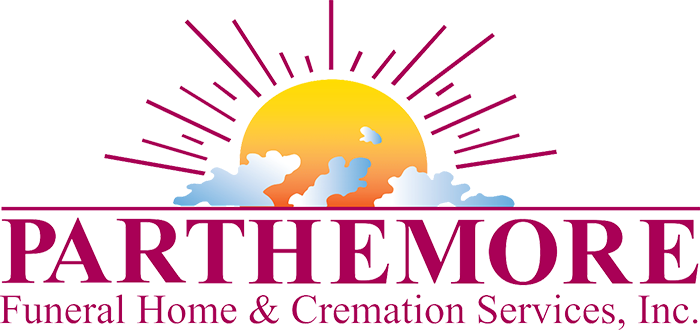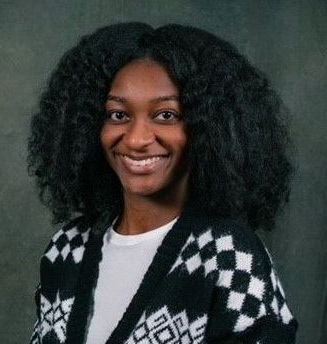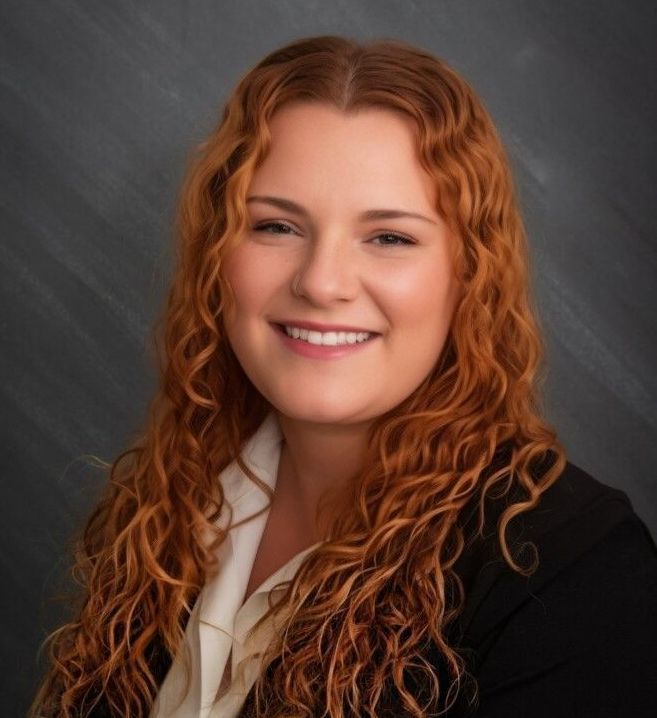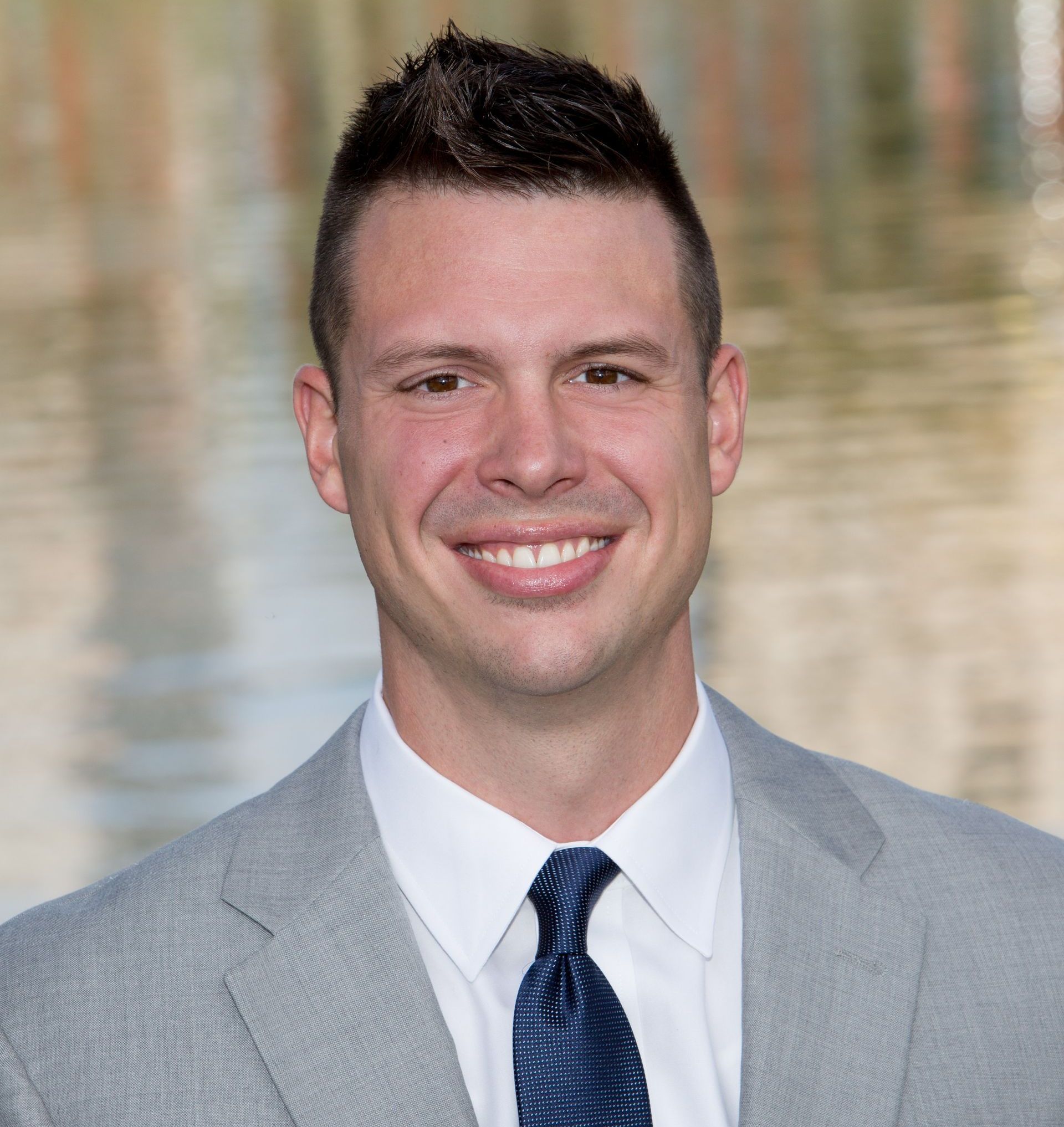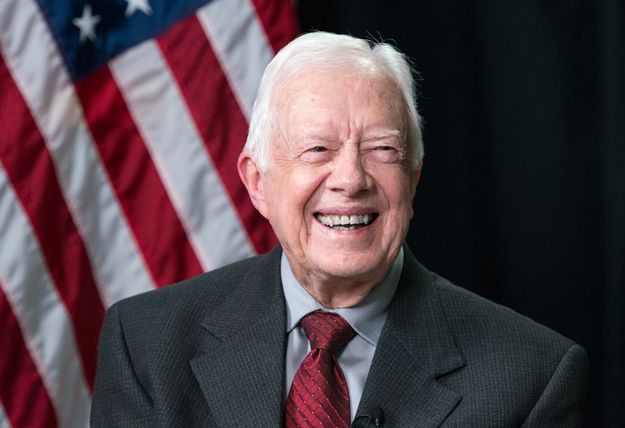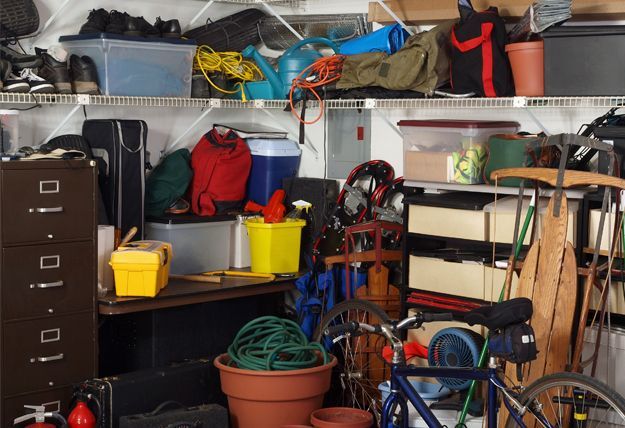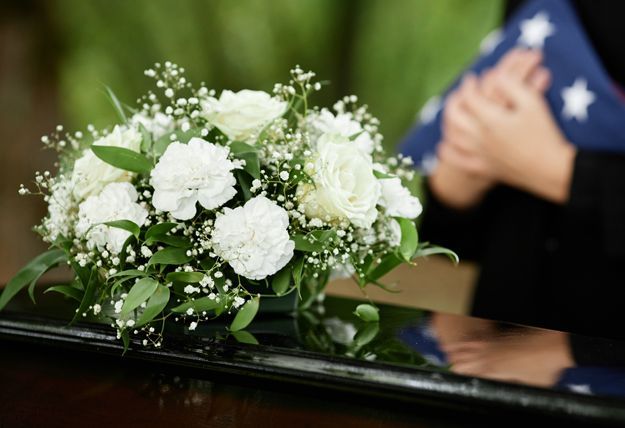Steve Parthemore’s – DMORT Deployment Blog – Part 2: COVID Epicenter
For nearly 20 years, I have been a part of DMORT - Disaster Mortuary Operational Response Teams. Highly trained DMORT teams help identify victims and support local mortuaries during mass casualty fatality events. My first experience, volunteering during the aftermath of 9/11 to assist the New York City Office of Chief Medical Examiner (OCME), sparked my interest in DMORT.
This blog, part two of two, is about my DMORT experience being deployed to New York City, a COVID epicenter. During the COVID-19 pandemic, DMORT has been tasked with assisting other federal and state agencies to return victims to their loved ones in a dignified and respectful manner.
Almost immediately after my return from my second DMORT deployment in March 2020, our team was asked to deploy to New York City to help the OCME. Hospitals, other care facilities, funeral homes, and the medical examiner’s office were not prepared, nor could they be, for the number of deaths caused by the virus. To further complicate matters, there was a huge backlog at local crematories and cemeteries. In many cases, funeral homes had to transport remains out of state for cremation.
After a serious conversation with my wife and brother, I decided to deploy for a third time on April 27. The federal government invests in me through annual training. When the time comes that they need me, I want to be able to say yes. That being said, I would not be able to serve without the support and sacrifice of my brothers, nephew, and our dedicated funeral home staff. They deserve recognition for their contributions.
It was surreal being in the normally busting New York City and it being so quiet with very little pedestrian or vehicle traffic. On my first night, I decided to take a walk to get a feel for the neighborhood in downtown Brooklyn. I’m so glad I did. At 7 pm, I started to hear and see people coming out on their porches and lean out windows. They were all beating on pots and pans, clapping and yelling. I learned that this was their daily ritual to thank all the healthcare workers. To say experiencing this gave me the chills, is an understatement. I was talking to my wife on the phone at the time and it was a truly meaningful experience for both of us.
In New York City, we were no longer dealing with quarantined travelers waiting to go home. Now, we were helping to bring the bodies of the pandemic victims back to their families. Because of the health risks and the overwhelming number of fatalities, the normal protocol of claiming bodies directly from the hospital was much more difficult.
New York City hospital morgues and funeral home facilities were overwhelmed. Victims were now being temporarily stored in refrigerated trailers. It was our job to properly identify the victims and bring them to the centralized morgue unit – known as a Disaster Portable Morgue Unit (DPMU) – and then release them to the proper funeral home.
During the next two weeks, I would meet up with my teammates every morning at 6:15 and we would depart for DPMU 4, which is located at a pier in Brooklyn. For this deployment, we had day and night shifts of 7 to 7.
On the first day, I spotted a friend that I had made in Georgia and he gave me a quick tour of the unit. The most interesting thing he pointed out was a raven’s nest in the rafters of the warehouse. During my time, I would get to see the young ravens learn to fly. It was a nice distraction to see the parents fly into and out of the warehouse seeking food for the babies.
I spent the first part of my day driving a 14-passenger van to 15 different hospitals located in four of the five New York City boroughs. My role was to work directly with the inspectors from OCME to ensure that the decedents were identified correctly by the medical records number and medical examiners number. We would then transport the descendent from the refrigerated trailers back to our centralized DPMU.
Most times, we would have a police escort back to the DPMU. I suspect that is why after a few days we noticed the press at the entrance to the facility with telephoto lenses. I also witnessed drones and helicopters flying over the facility.
In the afternoons, I often worked in the DPMU. I helped in photography or would meet with funeral directors to make sure their paperwork was in order before releasing the remains for final disposition.
A major part of our work at the morgue was to make sure that the identity of the deceased was correct and that they were released to the proper funeral home. This process began on site at the hospitals and continued at the DPMU. The medical record numbers, medical examiner case ID numbers were confirmed with the manifest gathered in the field.
As, I write this, I’m realizing that this account about the details of my deployment may be distasteful to some. But, these are the facts of life; especially for a funeral director. I was honored to represent DMORT and make sure that the decedents were being treated with dignity and compassion. Knowing that I played a small part in returning the remains of a loved one back to their family helps me manage while undertaking the difficult task.
Every time that I talk about my experiences with DMORT, I explain that I could not do this without serious sacrifice from my family and our staff - who are amazing. All in all, I’d say the best part was how good it felt to hug my wife and kids after my first two week quarantine.
